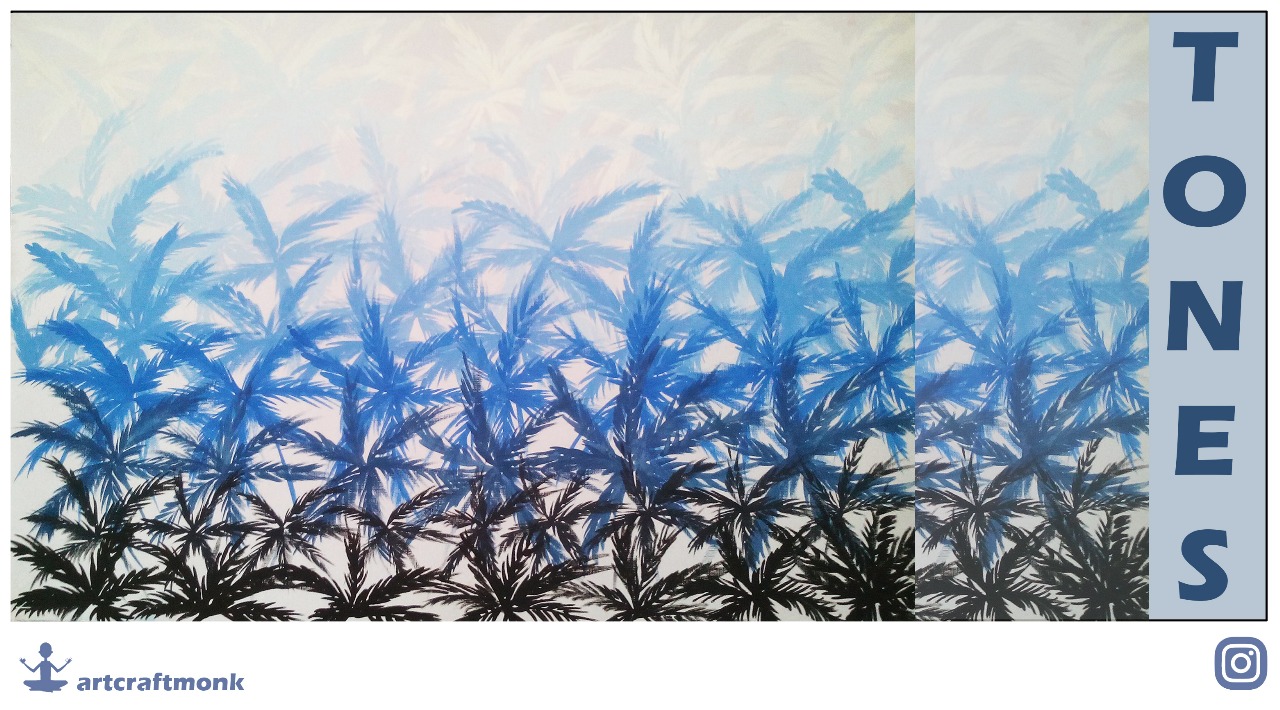
Finance
In the age of artificial intelligence and automation, “The Machine” is evolving beyond its tangible form. It is no longer just physical engines, factories, or tools — it is invisible algorithms making decisions, networks of data shaping our thoughts, and systems of surveillance mapping our every move. It is both omnipresent and hidden, both empowering and intimidating, both a creation of our minds and a master of our fates.
Ultimately, “The Machine” is a paradox. It is a servant that can become a master, a creation that can outgrow its creator, a promise that can turn into a warning. It is the heartbeat of modern civilization and, at the same time, the question mark hanging over its future. To understand “The Machine” is to understand ourselves — our ambitions, our fears, our ingenuity, and our vulnerability.
What makes “The Machine” fascinating is not only its functionality but its symbolism. It represents both the promise and peril of human advancement. On one hand, machines liberate us from repetitive labor, enhance our ability to explore unknown territories, and create possibilities once thought impossible — flying across oceans, connecting continents in seconds, simulating universes in silicon chips. On the other hand, the machine often raises questions of dependency, ethics, and identity: Do we still control the machine, or has the machine begun to control us?
Philosophically, “The Machine” is not limited to the mechanical or digital; it is a metaphor for systems, routines, and structures that govern our existence. Society itself often functions like a machine — with individuals acting as moving parts, institutions serving as gears, and laws operating as the regulating forces. In this sense, to live within “The Machine” is to be both a beneficiary of its order and a prisoner of its mechanisms.
Comments
Rajesh Kumar
October 15, 2023This article provided great insights into modern architectural practices. I especially appreciated the section on sustainable materials.
Meera Singh
October 12, 2023As an art student, I found the connections between architectural principles and artistic composition particularly enlightening. Looking forward to more content like this!